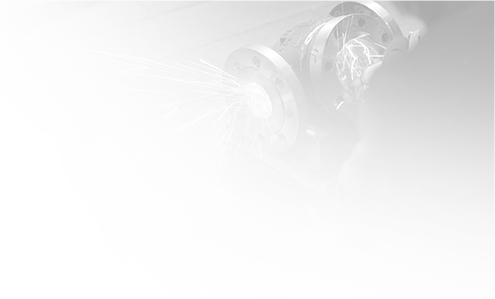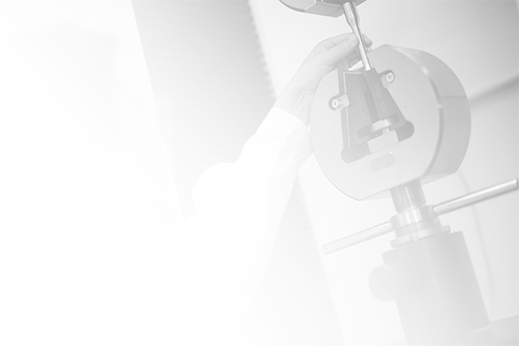
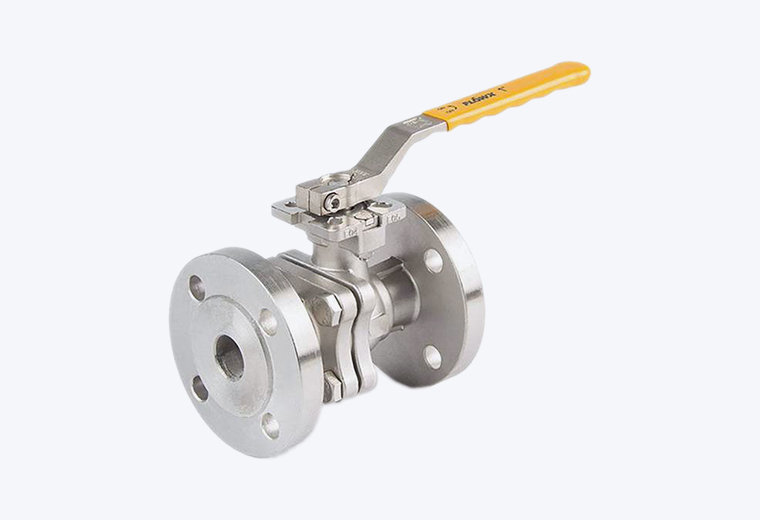
Praised for their immediate action, ball valves are crucial when instant fluid halting is necessary. Through a straightforward rotation action, with an interior ball mechanism, they offer sturdy sealing and assured operational longevity. Shengao ball valves are especially sought after in domains like the petrochemical industry, where the quest for elite valves is constant.








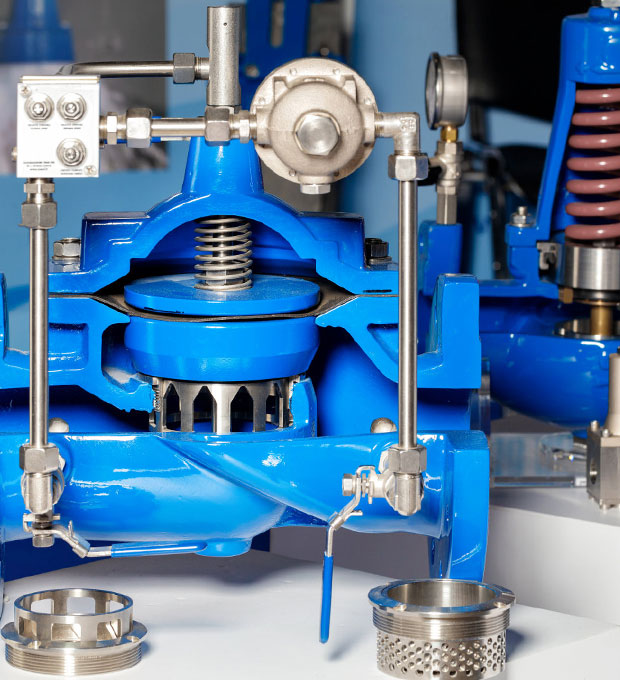
Within the intricate array of industrial valves, the ball valve establishes its dominance with a straightforward yet effective approach to flow control. At its core, a ball valve employs a spherical disc with a hole through its center, which rotates to align with the flow when open and perpendicularly to block flow when closed.
The valve stem drives the valve disc to move up and down to open and close.
Use fluid movement to drive the opening, with small flow resistance (a few special stop valves are high in and low out)
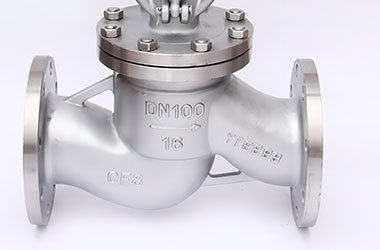
The body of a ball valve is robust, designed to house the other components and withstand the application's operational demands. There are several types of ball valve bodies, including the common split body, top entry, and end entry designs. These configurations are chosen based on the specific maintenance and performance requirements of the system they are integrated into.
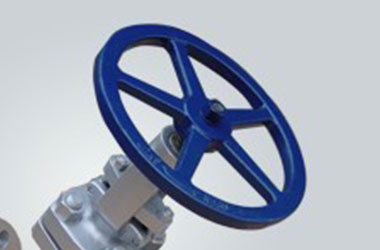
The namesake ball is the central element of the valve's functionality. Precision-engineered to provide a perfect seal at the ports, the ball has a hole through its center that aligns with the flow when open and perpendicular to it when closed, allowing for effective flow regulation. The material of the ball is selected based on the fluid properties to ensure durability against corrosion and abrasion.
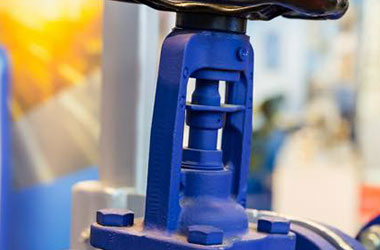
The stem of a ball valve transmits the motion from the handle or actuator to the ball. Typically designed as a blow-out proof structure for safety, the stem is made of materials suited to the application's pressure and temperature conditions, ensuring reliable operation and safety.
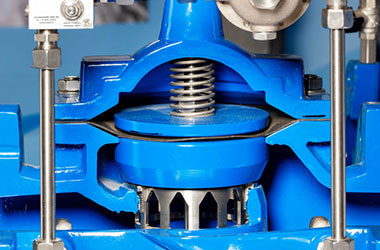
The seats in a ball valve perform a critical sealing function. They envelop the ball, providing a seal when the valve is closed and allowing free movement when open. The seats are typically made from soft materials like PTFE or reinforced compounds to ensure a tight seal and ease of operation. The seat design is crucial as it influences the valve's sealing ability, operational torque, and longevity.
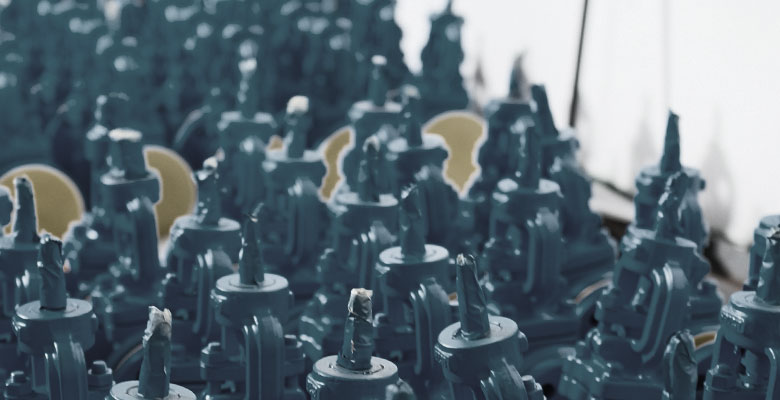
1.Provides an unrestricted flow path, often resulting in no pressure drop.
2.Resistant to wear, providing long service life even with frequent operation.
3.When closed, offers excellent sealing capabilities, often superior to other valve types.
4.Quarter-turn operation allows for quick opening and closing.
5.Simple structure with fewer parts contributes to lower maintenance requirements.
6. Allows for precise control over flow.
7.Can stop flow from either direction, increasing versatility.
8.Performs well under high-pressure conditions.
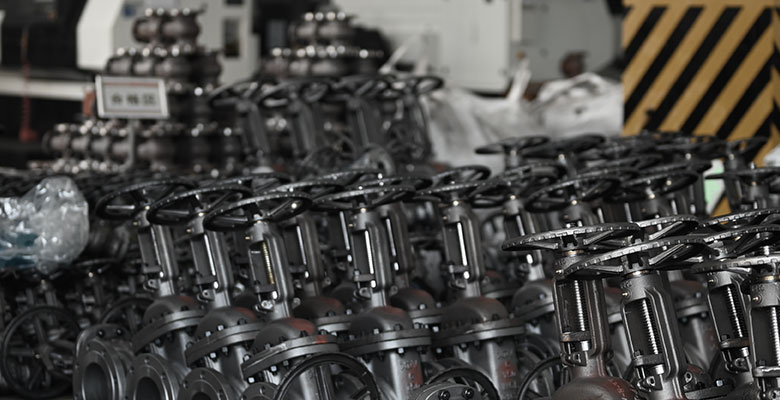
1.Not ideal for throttling purposes due to potential seat damage.
2.May be more expensive than butterfly valves, especially at larger sizes.
3. Can occur when used for throttling under certain conditions.
4.Typically requires more space than butterfly valves for installation.
5.Material selection is critical to prevent corrosion or degradation.
6.Accumulated particulates can impair the sealing and operation.
7.Ball might expand more than the body under high temperatures, affecting operation.
8.Can be higher than that required for butterfly valves, potentially necessitating larger actuators.
Shengao, a leader in the production of ball valves, delivers custom solutions suited to distinct business needs. Our line includes the economical floating ball type, perfect for general use. For more demanding tasks, our trunnion-mounted ball valves ensure stability under high pressure. And for the most corrosive environments, we offer fully lined valves, combining resilience with exceptional sealing capabilities.
